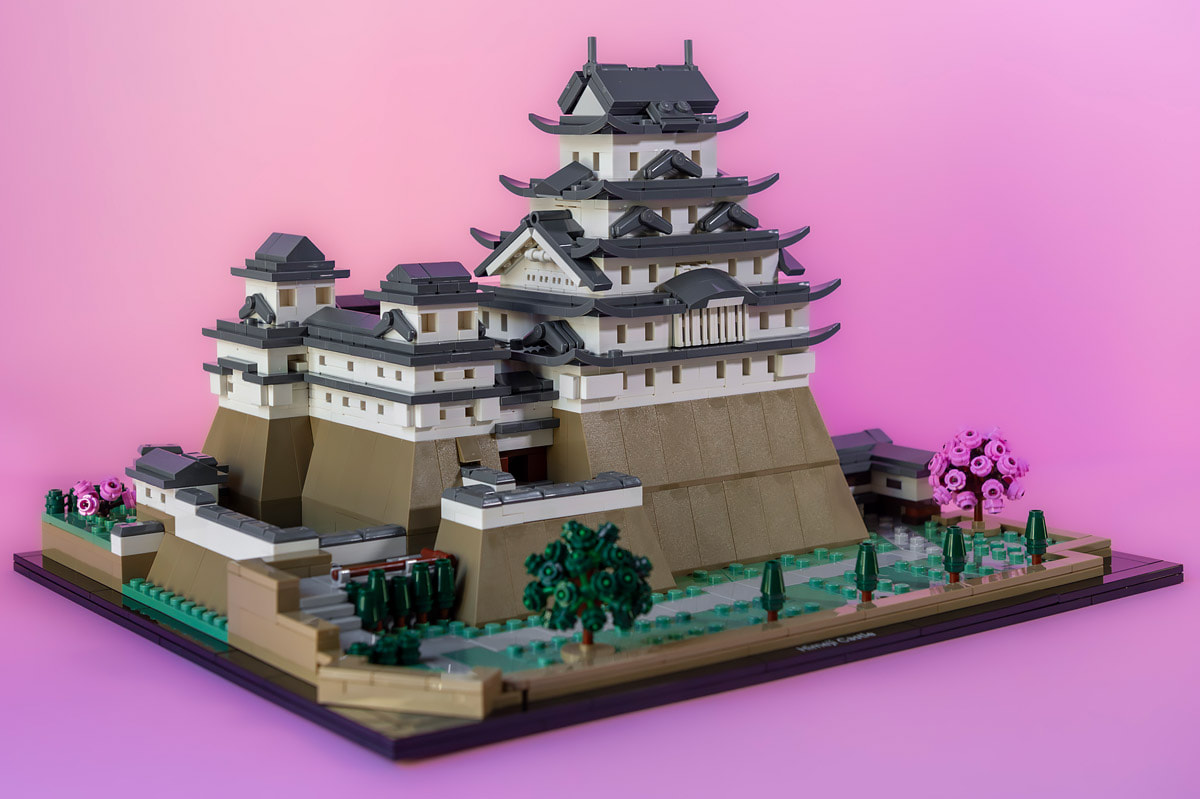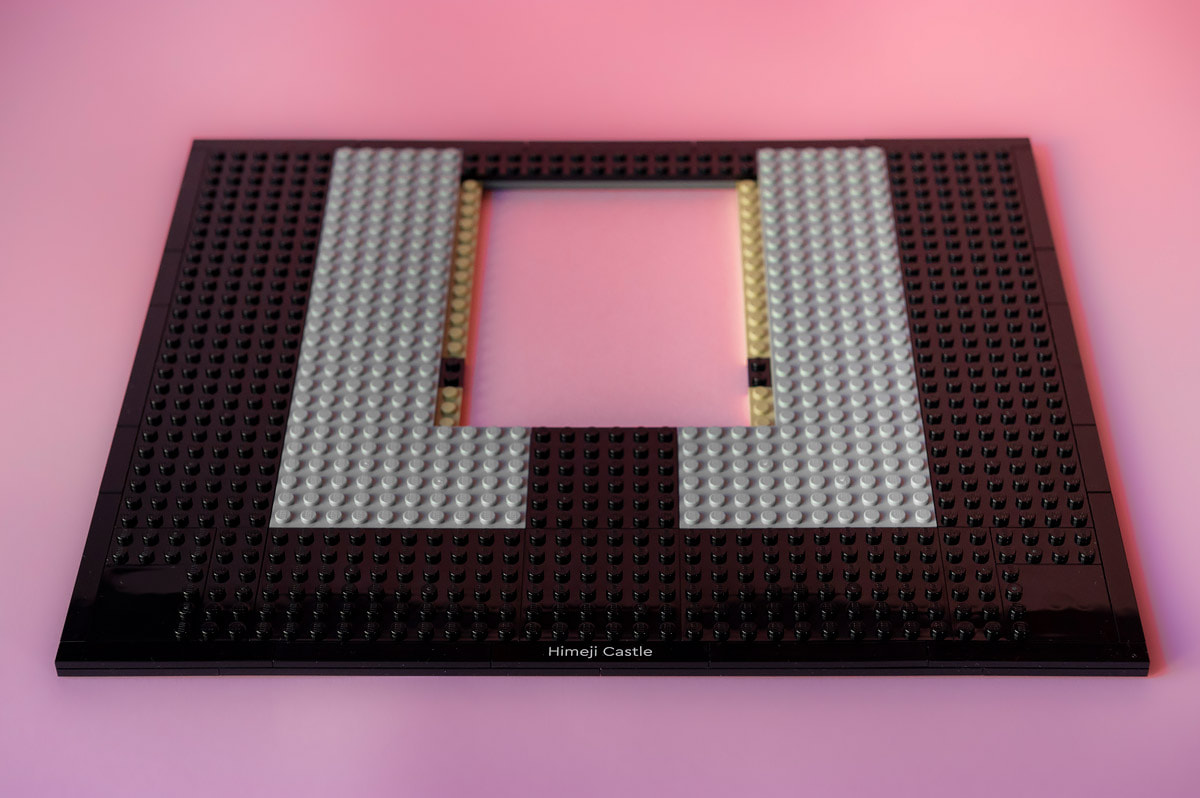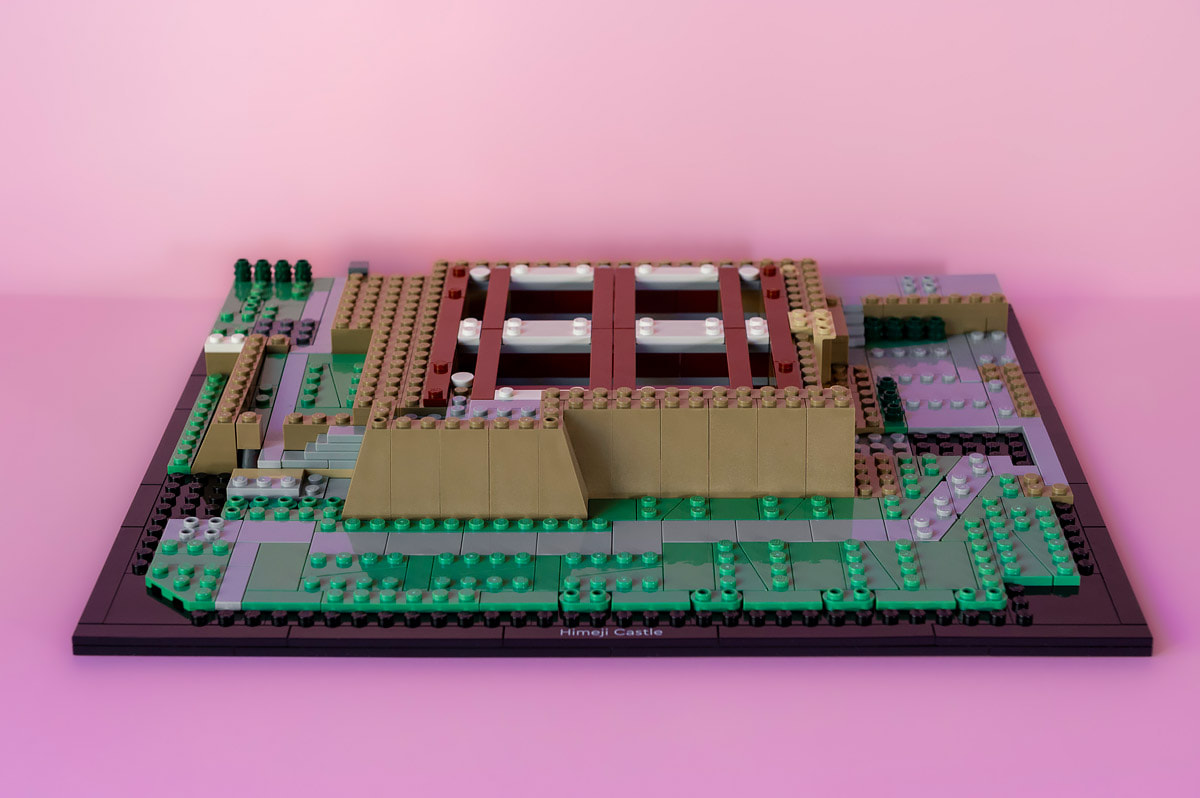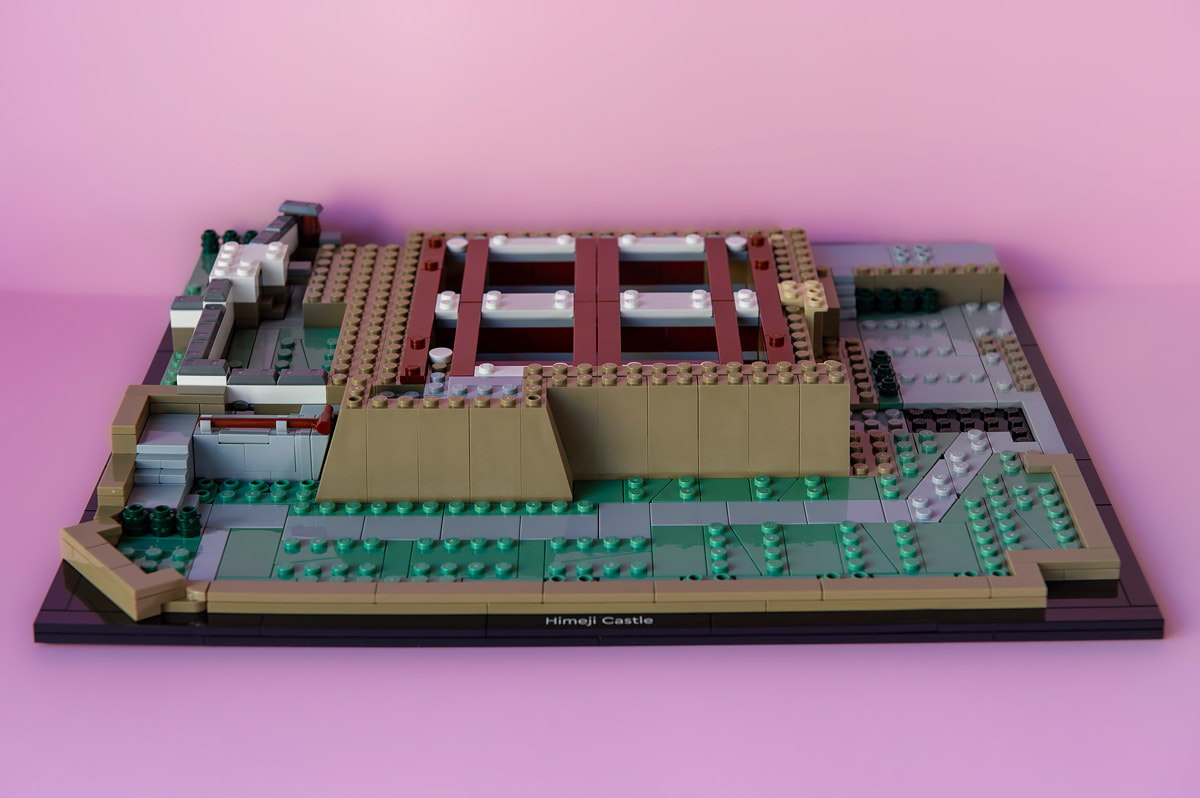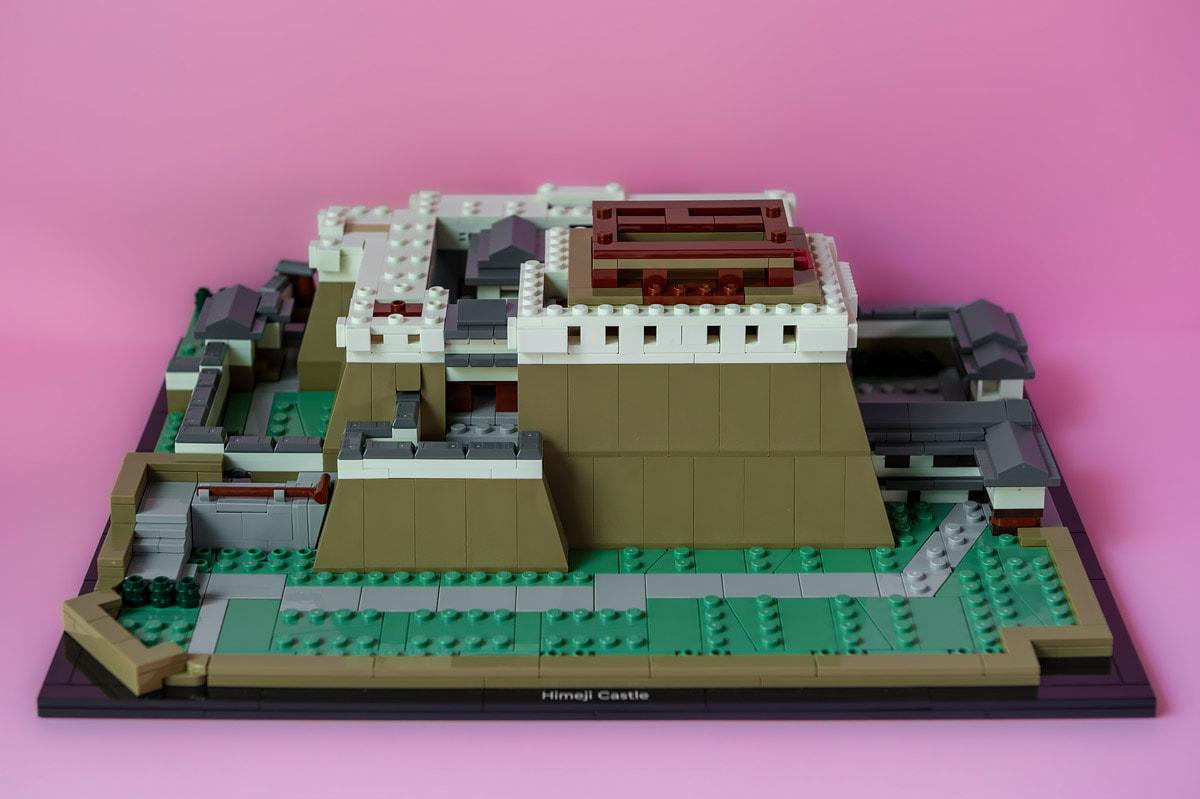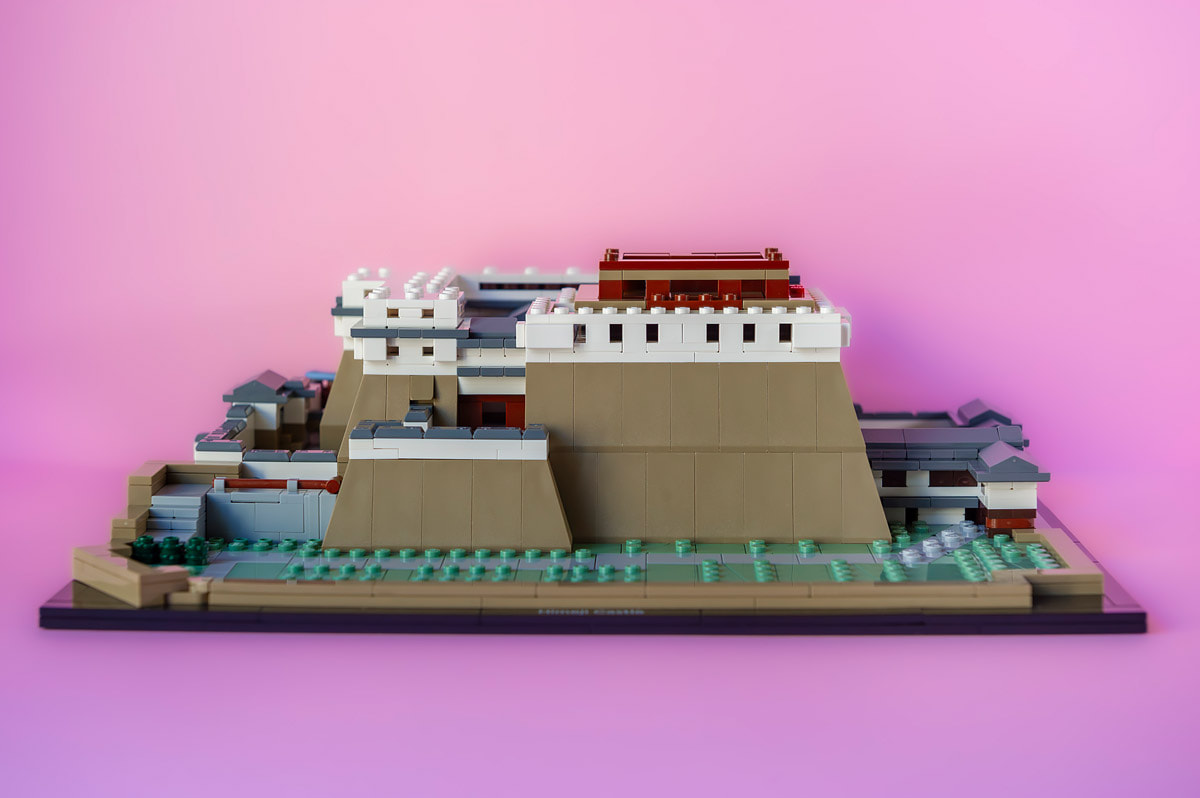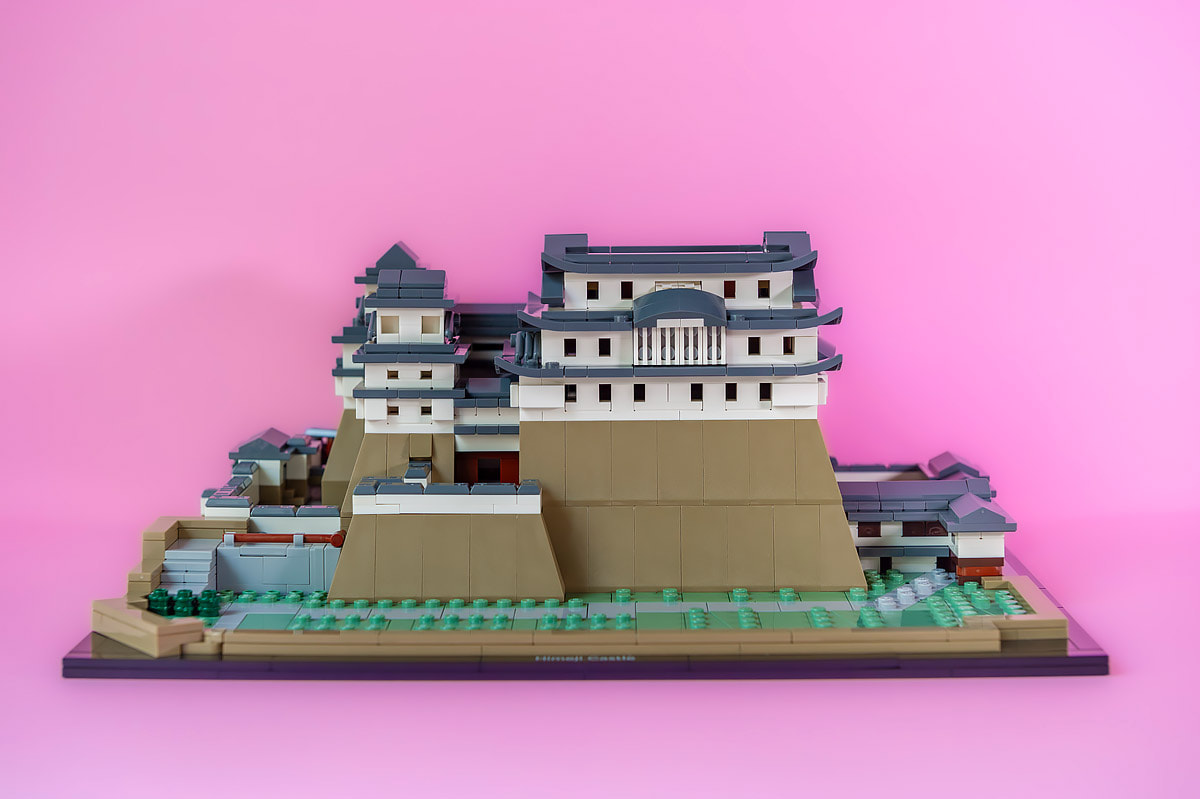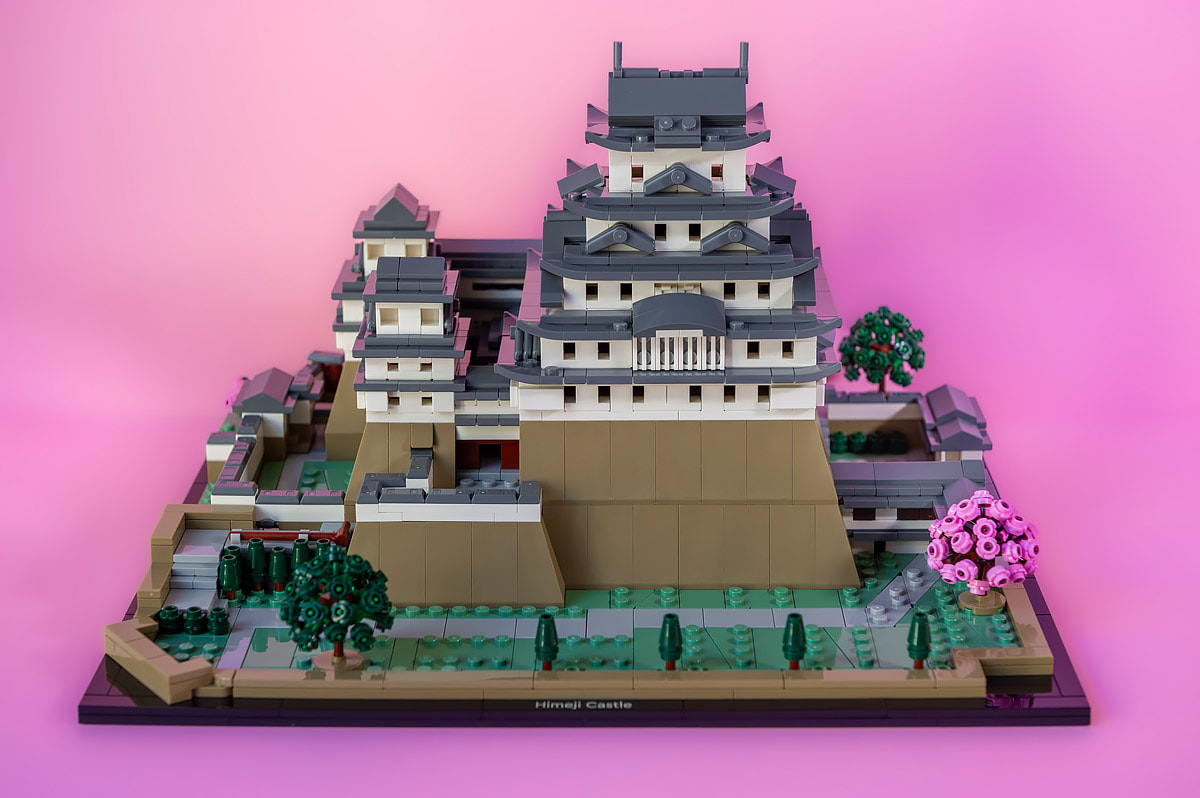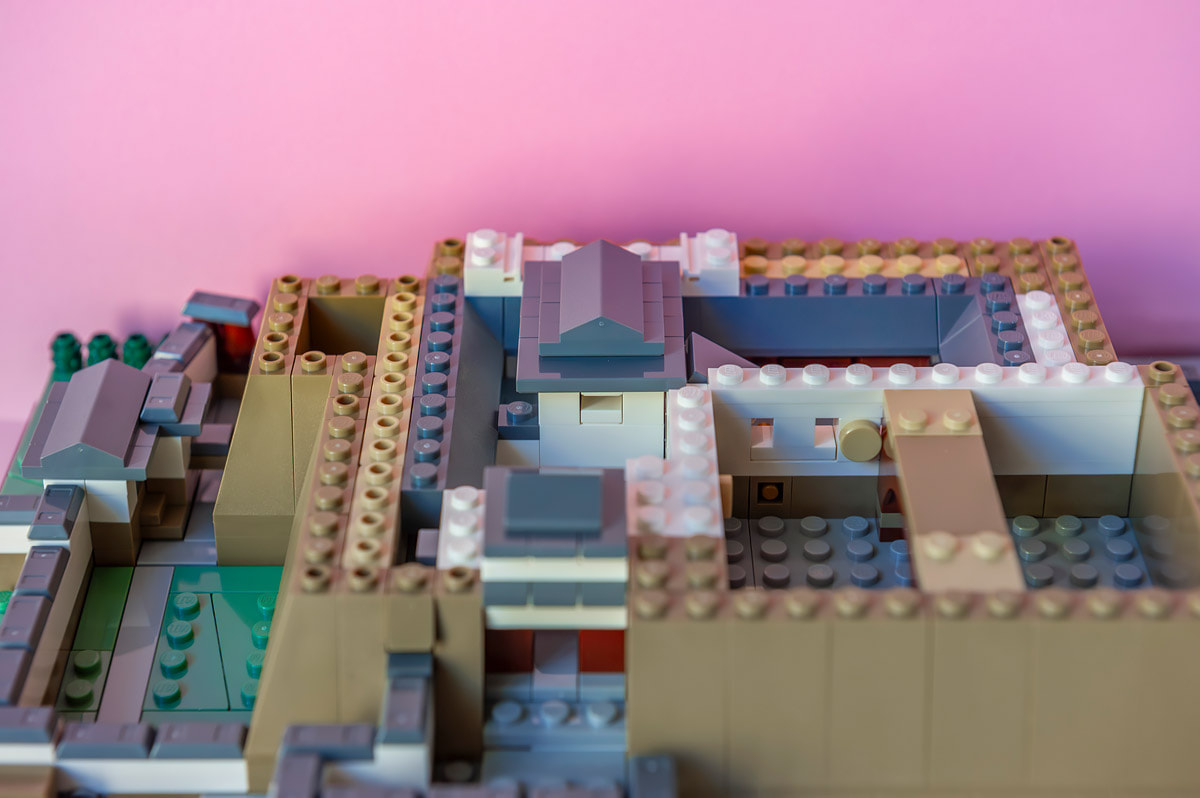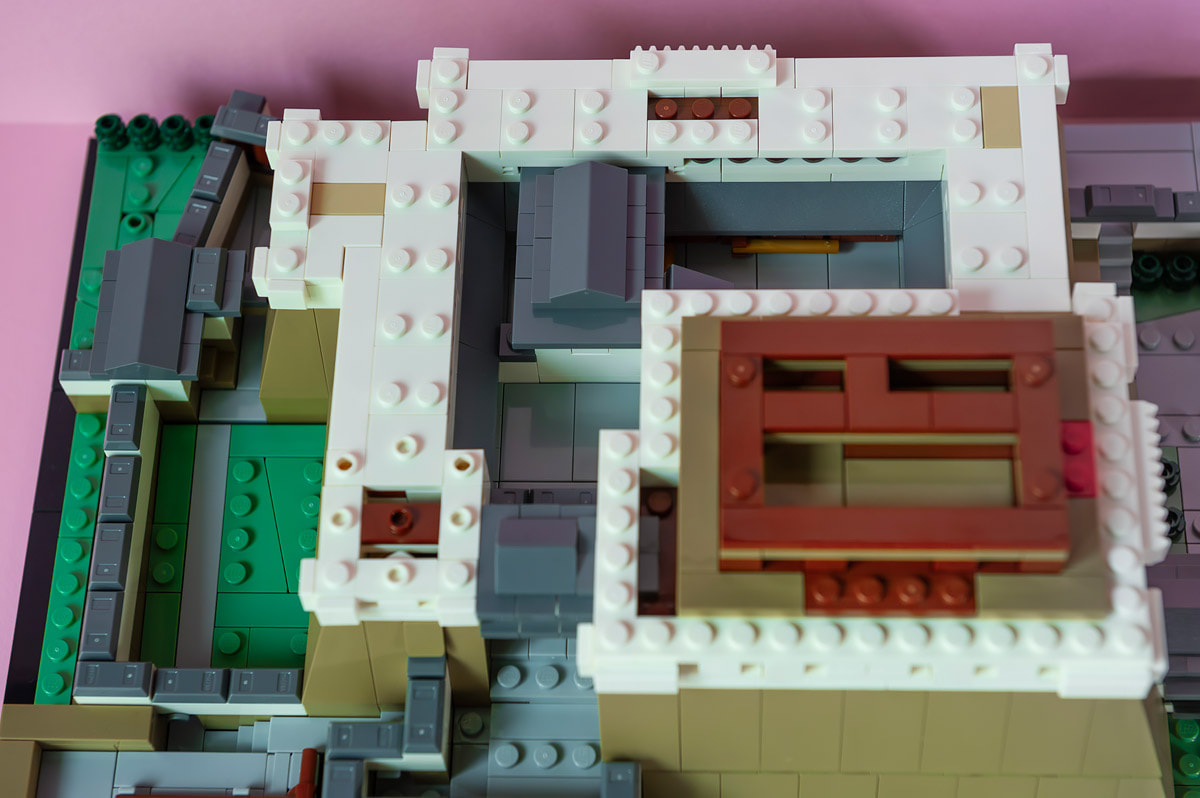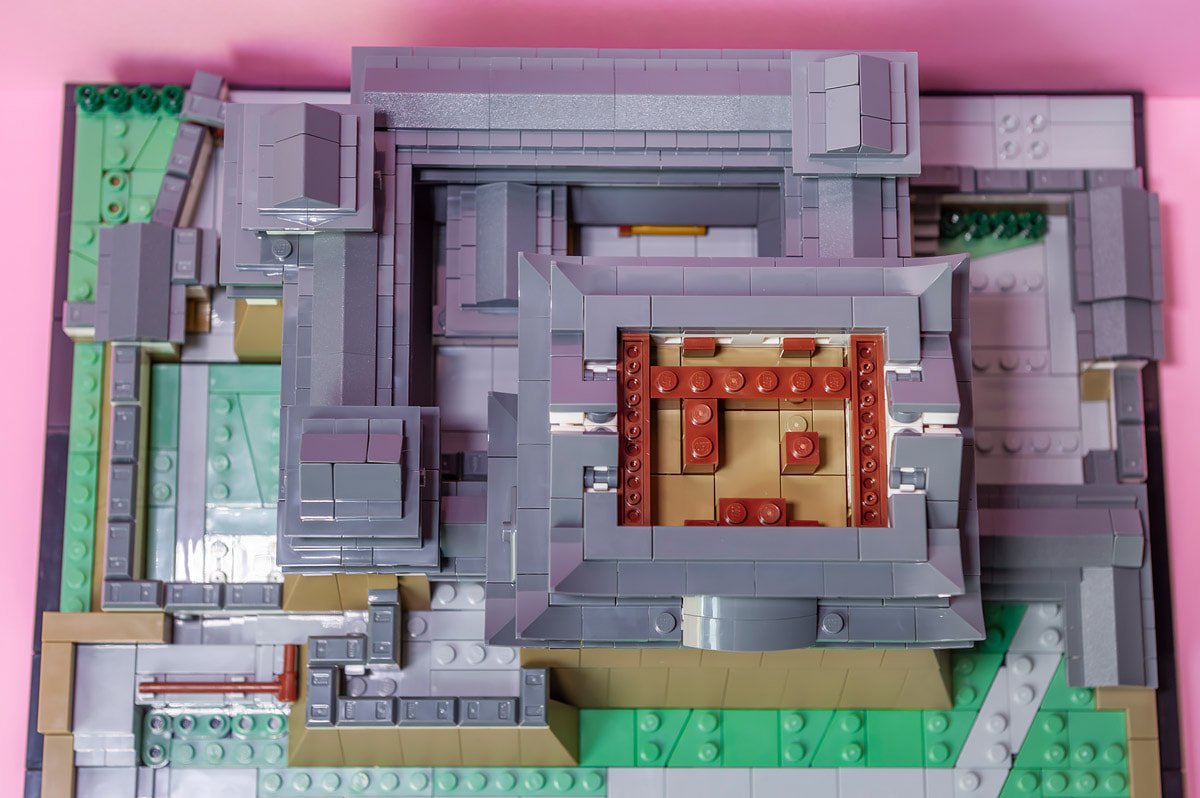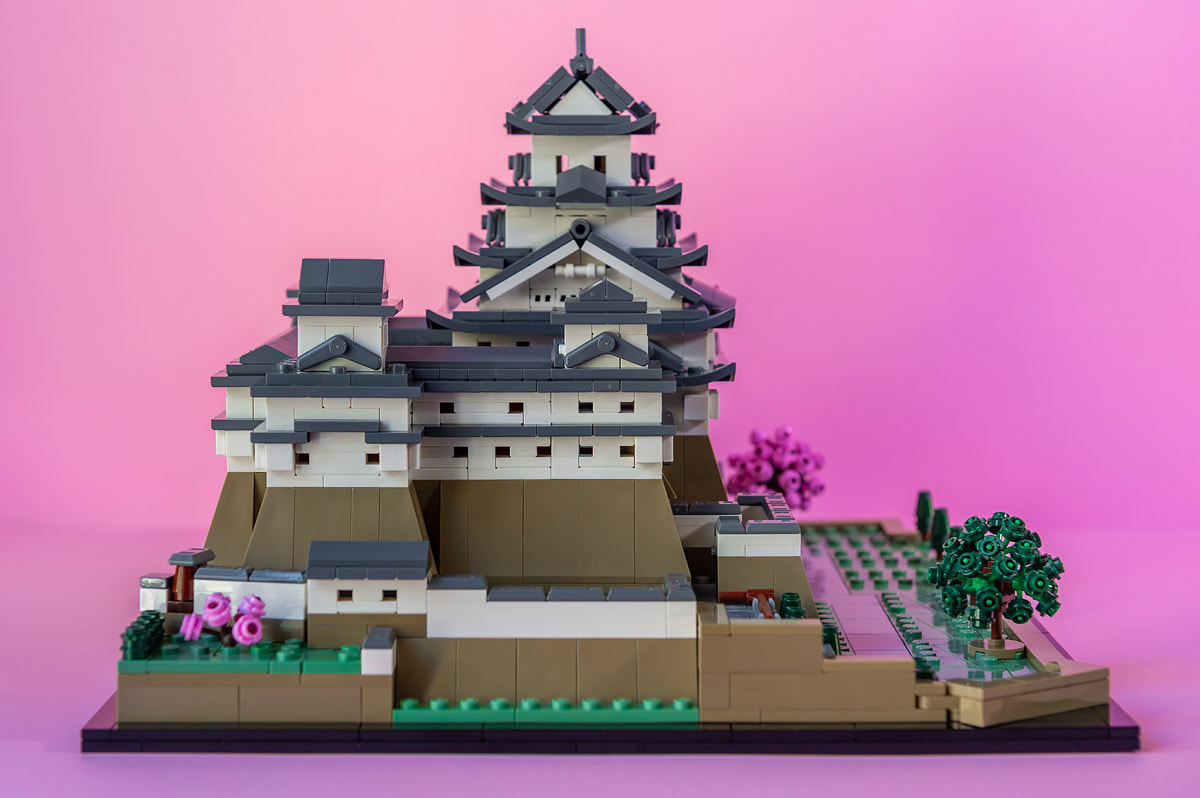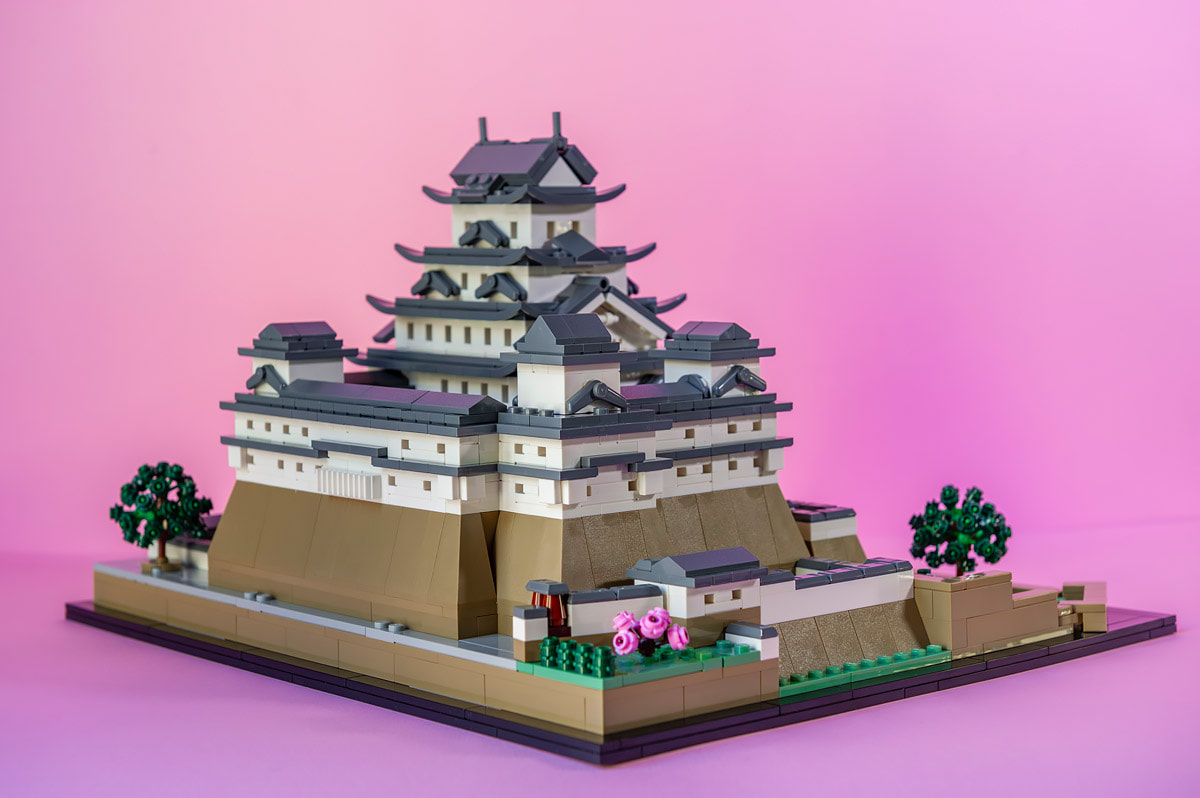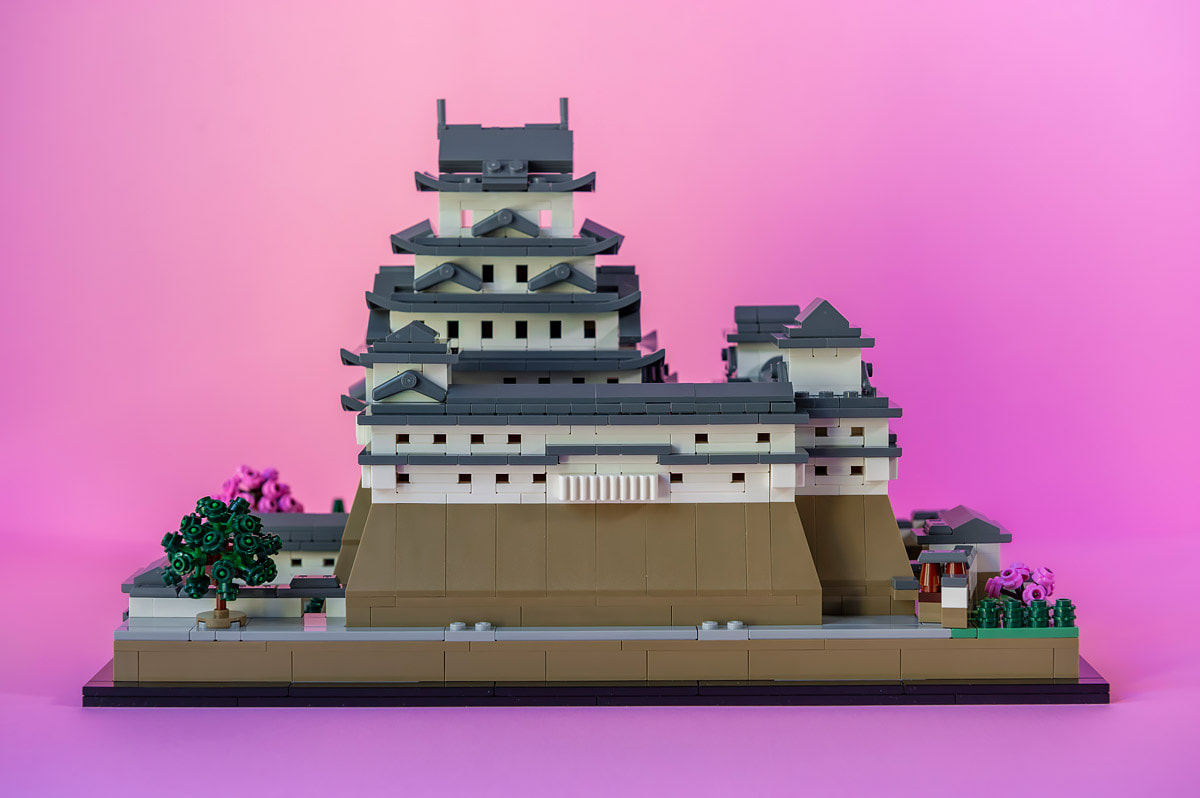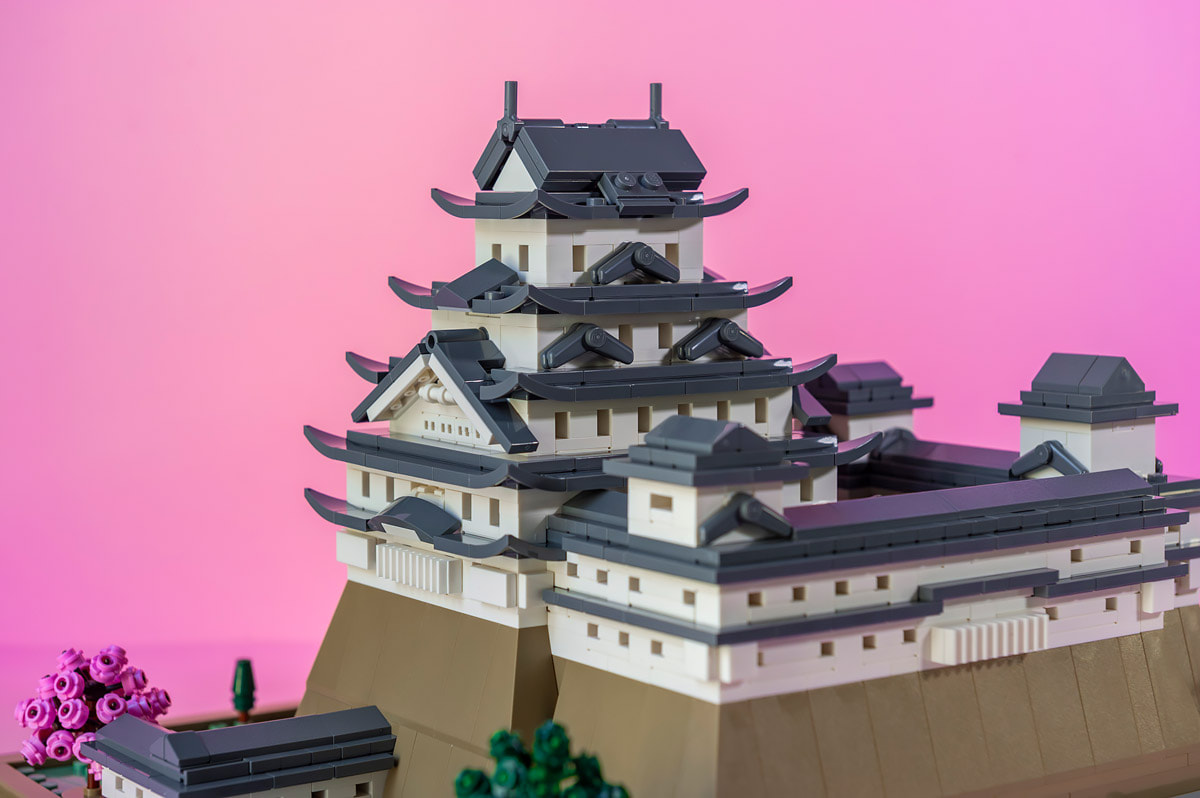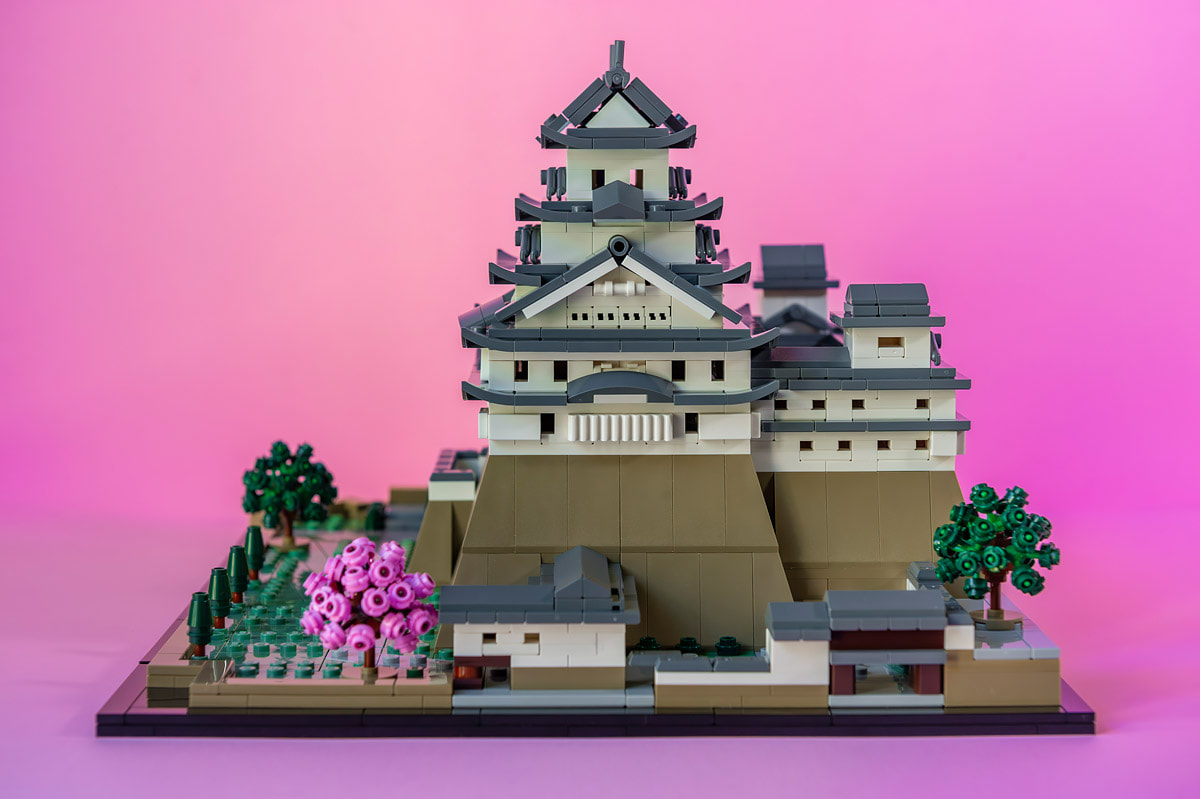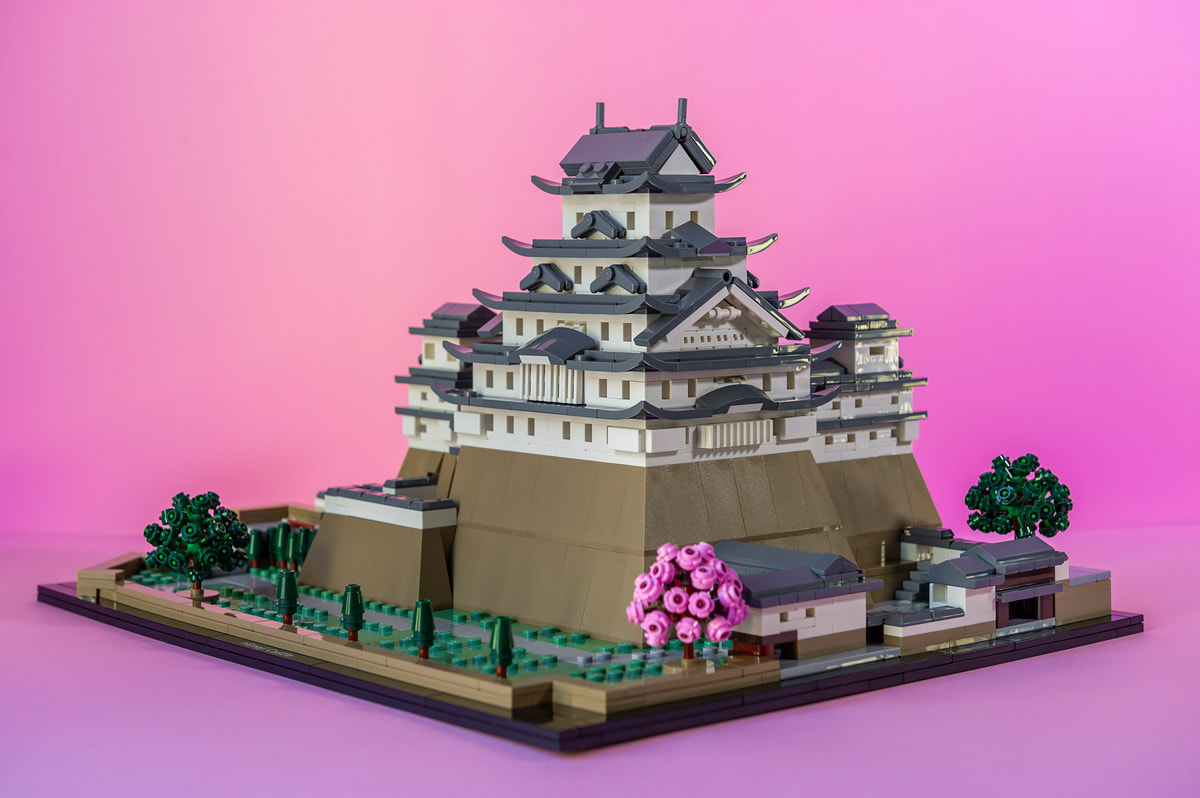By Antonio MalaraIn my post “Himeji” I talked about the day I visited this city during my trip to Japan together with my sister in April 2018. In reality, the visit to the city was centered on the popular castle, which stood in a hill and was visible in the distance already coming out of the train station. I remember that very complex day with extreme clarity, happiness and pleasure. It was a visit focused on discovery because I didn't actually know the place. Himeji Castle was in fact a destination wanted by my sister, my task was only to plan the visit from a practical point of view with the help of Google Maps. During the visit I not only appreciated the architectural beauty of the structure and the natural beauty of the immense park in which the castle stood, but I also had a sort of déjà vu whose mystery I solved a few years later. I recommend reading my post to appreciate the story and look at the beautiful images I took. Clearly when the Lego version of Himeji Castle was presented, I purchased it immediately without the slightest hesitation because the beauty and positivity that that place conveyed to me was so great that assembling the Lego version could only give me further inspiration. However, I didn't assemble the lego immediately, both because I wanted to find the right time to enjoy it and because I wanted to buy a display case to protect it. This lego is also my first real architecture model regarding buildings. In the past, in fact, I have mounted other models related to architecture; two small models that reproduced New York and Paris in miniature, plus the Lego of the Statue of Liberty. The latter was certainly the most complex set which required a little more effort and in fact the first real test for me regarding an architectural lego. In the end, none of these models were real buildings, so Himeji Castle also stimulated me as a new type of set. Assembly Process Inside the box there were 17 envelopes but in reality the total was 18 because there were two with the number 1. The total steps to assemble the castle were 299. With the first envelopes I assembled the platform where I then I built the castle. I immediately noticed that there were not many bricks inside the envelopes, in fact it took me about twenty-thirty minutes to assemble each individual envelope for each one. Little by little, starting with the construction of a part of the surrounding wall, I then moved on to the main perimeter of the structure. Also in the first envelope I assembled the front garden while continuing the construction of the surrounding wall. A strange thing that had never happened to me before was on steps 93 and 94. There were two missing pieces, I replaced one with a piece that was leftover from the previous steps but I recovered the other by dismantling it from a part in which the piece itself remained hidden and in any case was not fundamental either from a structural or aesthetic point of view. At step 119 I assembled the roof of the first level of the castle with large pieces and essentially at that stage I continued to build the central part of the castle upwards. Probably the envelope with the most technical steps and which took me the longest to assemble was number 9 where in step 186 there was the technical asymmetric installation of many different bricks acting as beams. Subsequently, except for the assembly of some adjacent structures that I built separately and then fixed, the continuation of the construction of the castle focused on the main part of the building. The last hundred steps involved the terracing of the various levels until reaching the highest structure. The trend was confirmed until the end with times that hovered around half an hour for each bag and there was one day where I assembled three of them. Except for the anomaly of the missing pieces, the entire assembly proceeded in a linear manner and I never made a mistake thanks also to the organization of the assembly in a series of pieces that required little time to assemble. Before to start the assembly, I had estimated a time of at least a month while to my surprise I assembled the castle in ten days. Despite being more than 32 centimeters wide at the widest part and 20 centimeters high, the appearance of the castle is in fact a miniature and can be seen from the size of the windows. Although very beautiful and I particularly love it as a building, I believe it would have been even more majestic with larger proportions and consequently more realistic details. My idea is probably a bit exaggerated because the real castle is decidedly large and reproducing it on a larger scale would have resulted in a set that was not only challenging but would also have created space problems. However, these proportions do not lack realism as can be seen from some photos. I'm sure that with a macro lens I could take photos of details by multiplying them in order to make them seem even more realistic. Unfortunately I don't have any lenses like this and I had to create these effects in a limited way. My first experiment with a Lego of this type was positive and encouraged me to buy new ones. I already own the great pyramid of Giza which I actually bought even before Himeji Castle but having never seen it in person, I don't know whether to wait for this goal to be achieved or assembly it anyway. I will probably opt for this last choice even if I will be limited to describing the Lego itself without having the chance of making any comparison with the real pyramid. Another reason that will push me to assemble it immediately is the motivation that this type of set gave me, the pyramid is in fact very similar in proportions to Himeji Castle. But looking on the official Lego website I noticed another set of a building even more interesting than the famous monuments and it is a modern villa, that will definitely be the next purchase and another beautiful story to tell. Details under constructionGalleryA.M.
0 Comments
Leave a Reply. |
